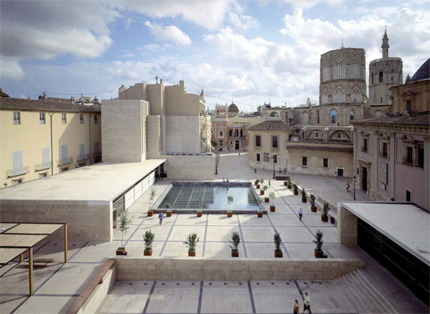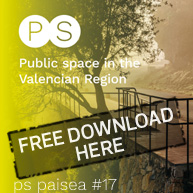Article 01, paisea 009. The square. Carlos Campos
Perhaps the socio-economic situation we are now in will enable us to focus once more on aspects of the city that have been forgotten, or been given less importance than they had previously had. While the mass construction of the boom period used its energy not just to construct buildings, but also to construct the city, now may be a good time to reflect on the construction of the urban foundations for this architecture.
The road, a necessary component for the connection of the parts of a city, has typically been designed from a purely functional and economizing perspective, a curious contradiction in times of such economic growth. In any case, roads have been built as a limitless prolongation of the urban structure that came before. Squares have not. The historic sense of the square as the ultimate space of civic expression has unfortunately been left behind, no doubt due to the lack of reflection on what it should represent in our times. One only has to look at the work of this type from the last decade and compare it with the frenetic production of the 80s and 90s of the last century.
Historically the square represented peculiar activity, performance, release. Spatially, the area was surrounded by unbroken architecture, and its character was defined precisely by this architecture, its proportion, texture and colour; its surface treatment minimally enhanced by a sculpture, a fountain or, less often at our latitude, by trees. The slow, gradual development of historic squares also allowed them to build up meanings and functions.
Full article HERE
Paisea 009, [public square], available in digital edition HERE
Tags: articles, news, paisea, public space













